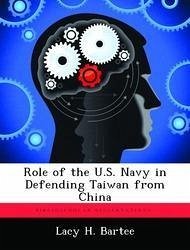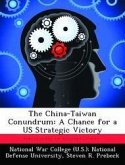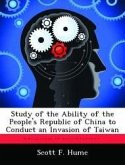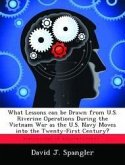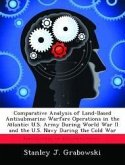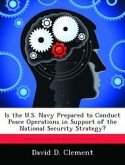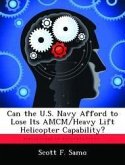This thesis investigates the role the US Navy would have in the defense of Taiwan against the People's Republic of China. It also examines the capabilities of the People's Liberation Army, Air Force, and Navy. This study portrays a People's Republic of China strategy to use its military to force the reunification of Taiwan with the Mainland. This strategy does not allow for U.S. interference. The People's Liberation Army is pursuing the research and manufacturing of advanced missiles, which can go farther with greater accuracy to attempt to threaten US carrier battle groups sent to defend Taiwan. Several factors currently limit the Chinese in forcing Taiwan to reunify: the limited power projection capabilities over water of its Air Force and Navy; the limits prescribed by the maintenance, logistics, and training infrastructures of all three Chinese military services; the credible military of Taiwan; and the US Navy. The People's Republic of China, if it continues on its course to build large quantities of advanced weapons, such as long-range cruise missiles or conventional warhead ballistic missiles, might control the sea-lanes approaching Taiwan for hundreds of miles. Until then, Taiwan should be safe from a Chinese conventional attack.
Hinweis: Dieser Artikel kann nur an eine deutsche Lieferadresse ausgeliefert werden.
Hinweis: Dieser Artikel kann nur an eine deutsche Lieferadresse ausgeliefert werden.

